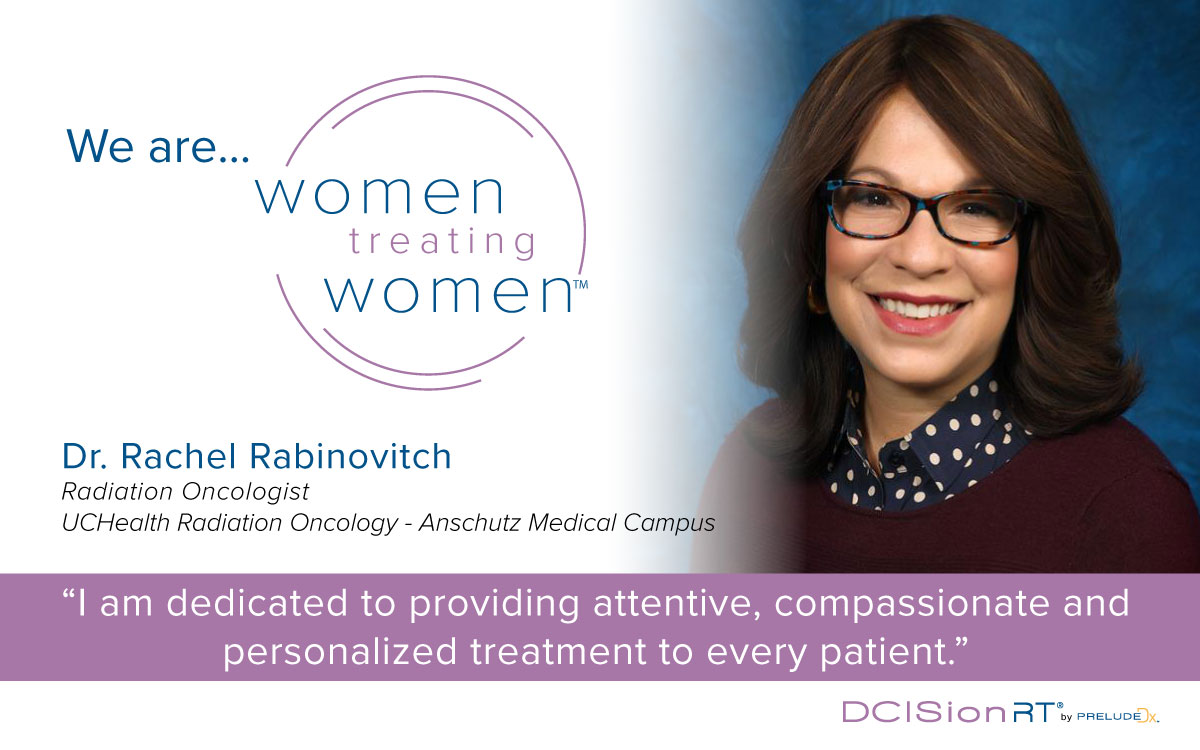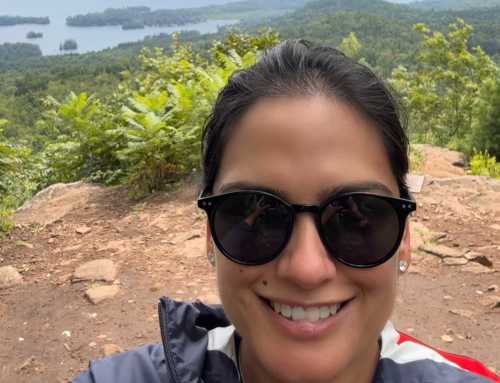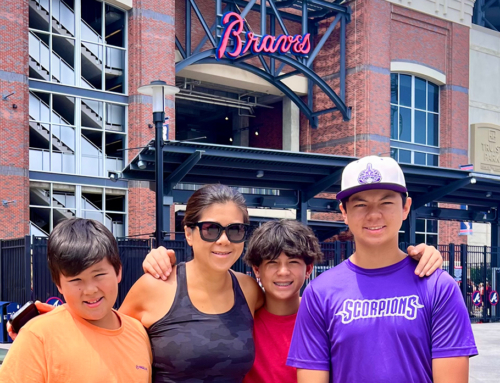Dr. Rachel Rabinovitch, radiation oncologist out of UCHealth’s Anschutz Medical Campus, was admittedly “one of those nerdy seven-year-olds who just always wanted to be a doctor.” But while she came to that conclusion early on, it wasn’t until her third year of medical school that she felt pulled towards a specialty.
While pushing the wheel chair of one of her patients who had lung cancer to the radiation therapy department, her resident looked over and casually said, “You should check this field out. You would love it.”
And he was right.
Years later, Dr. Rabinovitch is now a professor of radiation oncology at the University of Colorado’s School of Medicine and an 8x award winning “Top Doctor” in the Denver area with a focus in treating both breast cancer and lymphoma. The former of two is a battle she knows all too well, from the inside out.
“I’m a breast cancer survivor myself,” she says. “I don’t mention it to my patients on a regular basis because I always want my time with patients to be about them, not me. But for specific patients in certain situations, such as when they’re particularly anxious about chemotherapy or radiation therapy, I find it can be helpful to let them know that I’ve been through the treatments myself. I really do get it.”
An important part of those patient-centric appointments for Dr. Rabinovitch is gaining a better understanding of what each individual woman considers to be a “win” when it comes to treating her cancer. This is especially the case in her younger patients with DCIS, who have a longer length of time to incur both risk of recurrence as well as the potential side effects of radiation treatment. Radiation for DCIS does not improve survival, but can impact the likelihood of recurrence.
“Some patients with DCIS have a ‘more is more’ mentality and want the very best outcomes the first time around,” she says. “Other times I have ‘less is more’ patients who say ‘Hey, if I can get a B+ over the next 20 years without radiation, that’s fine with me and I’ll sleep very well at night.’ My role is providing them with the most accurate information and partnering with them in their decisions.”
Her preferred tool for obtaining the most accurate patient-specific information in clinic is through precision medicine with genomic signatures. And more specifically for her DCIS patients, DCISionRT.
“It’s tumor specific data that’s very valuable to me going into these conversations,” she says. “Because even though I have a lot of experience, clinical insight, and understand the literature on DCIS, the DCISionRT data says I’m still going to be wrong about 40% of the time. That’s a pretty unsettling number.”
She recalls two young women who– based on their clinical pathologic information– she would have assumed had a very high-risk profile that surely warranted radiation therapy. But both of their DCISionRT tests came back with the lowest possible score.
“This tool not only provides prognostic information but also uniquely predictive information of the relative benefit of radiation,” she says. “Working with the company has been smooth and seamless, really quite a pleasure… something I don’t necessarily expect when working with labs.”
And while the field of radiation oncology has made substantial progress since she first wheeled that lung cancer patient into treatment, she eagerly awaits the day when oncologists of all kinds can walk into conversations with patients with total certainty on who needs what treatment.
“I’ve been in both physician and patient roles, so I value treatment decision-making from both perspectives,” she says. “But we’re getting closer and closer to tailoring treatment for each individual woman every day.”






